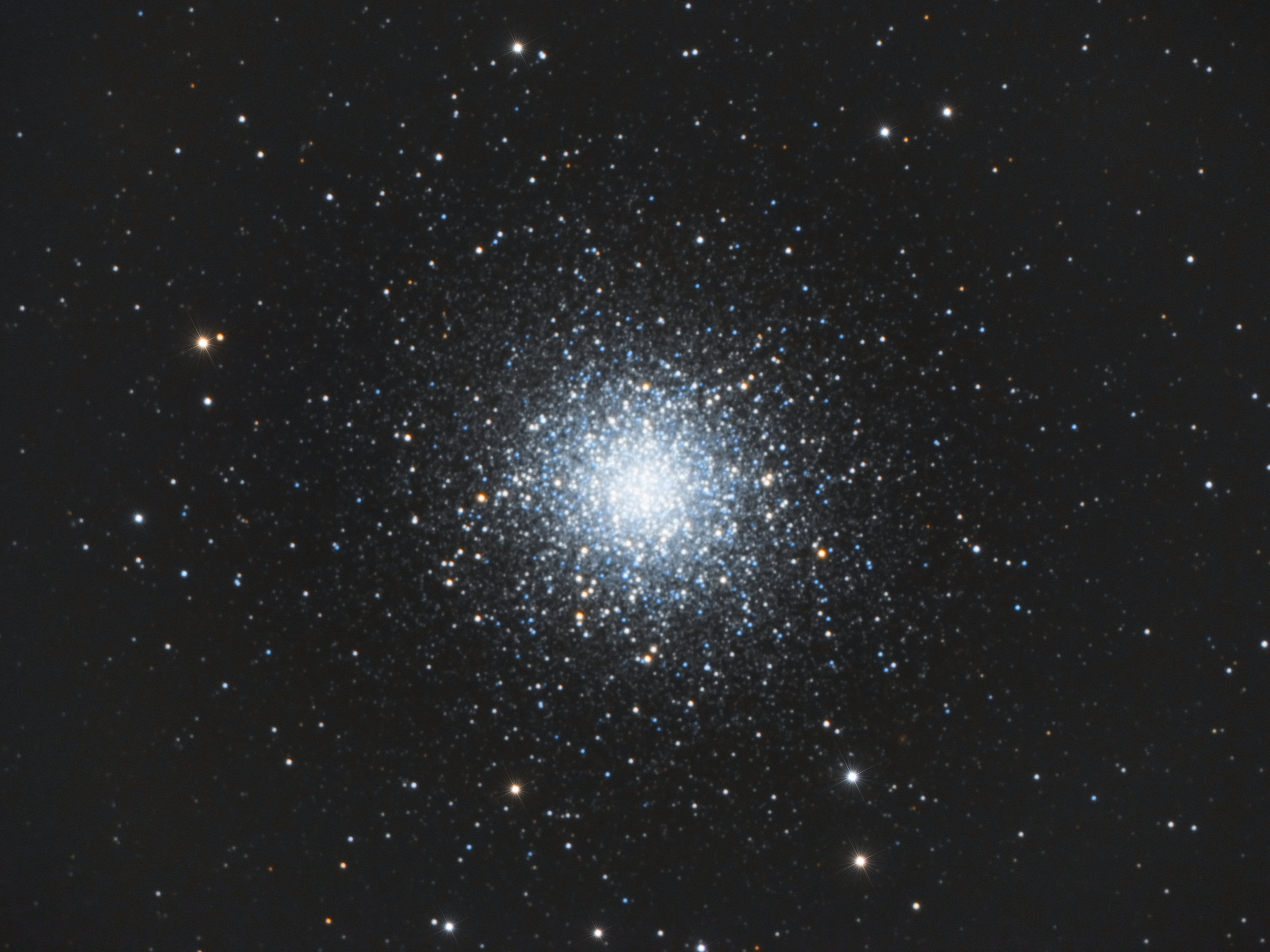M87 Ejects Star Cluster

m87
Astronomers have observed stars flung out of their host galaxies, fated to wander the voids between galaxies. However, now a team led by Nelson Caldwell of the Harvard-Smithsonian Center for Astrophysics (CFA) has identified an entire cluster of stars being ejected from its galaxy. According to a CFA press release, the cluster, designated HVGC-1, was expelled from the galaxy M87 at over two million miles per hour.
“HVGC” stands for hypervelocity globular cluster. Such clusters consist of thousands of stars in a spherical arrangement only a few dozen light-years in diameter. Our Milky Way houses around 150 globular cluster, while M87 contains thousands.
HVGC-1 stood out in the data obtained by Caldwell and team using the Hectospec instrument on the MMT Telescope in Arizona. The team used a computer to distinguish individual stars and galaxies from globular clusters, and then studied the clusters in greater depth. Several clusters stood out thanks to their phenomenal speed; most were revealed to be glitches, except for HVGC-1. The cluster is moving so rapidly that it is destined to escape M87’s gravity, if it has not already.
It is not yet clear how HVGC-1 was expelled as such an extreme velocity. The most likely scenario involves the existence of not one, but two supermassive black holes in the heart of M87. If HVGC-1 approached too close to the black holes, it would have been robbed of its outermost stars, but its denser core of stars remained together and was flung away by the immense gravity of the black holes.
If M87 indeed houses two supermassive black holes, this would indicate a collision between two galaxies in the distant past, which then merged to form M87. M87 is massive, even among galaxies; classified as a supergiant elliptical galaxy, M87 contains as much mass as six trillion Suns. A similar destiny awaits our Milky Way, which will collide with Andromeda in several billion years to form a new, more massive galaxy preemptively dubbed Milkomeda.
The new research will be published in The Astrophysical Journal Letters.
I’ve been a dedicated to Squarespace fan for 20 years. Love the product, people and company.




